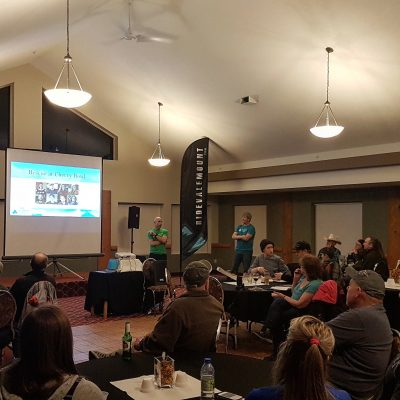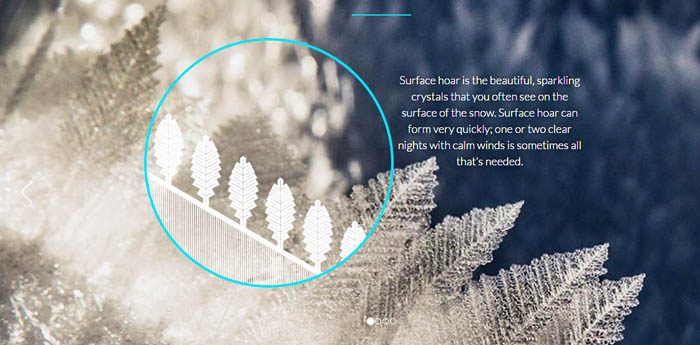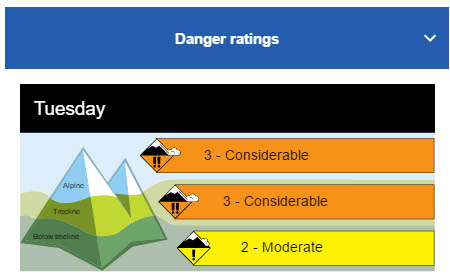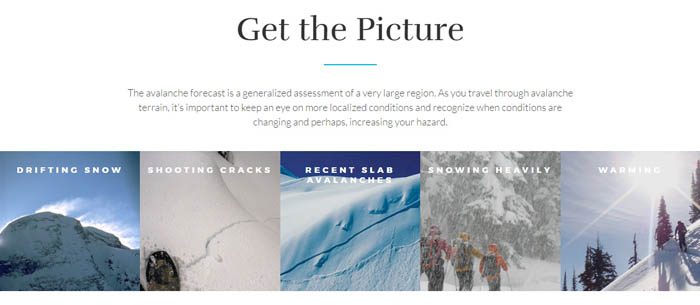
by LAURA KEIL
A year after an avalanche swept up 18 snowmobilers and took the lives of five in the Renshaw riding area near McBride, Avalanche Canada is spreading the word about lessons learned in that and other slides.
At an avalanche awareness evening in Valemount Feb. 16th, Avalanche Canada snowmobile outreach coordinator Brent Strand told the Goat the Renshaw was a wake-up call in several domains.
He says the BC Coroner released information to Avalanche Canada on the incident with the understanding they would use it to help educate the public.
“We’re not telling people not to go in the mountains. We’re telling them you can go there if you have the proper education, training, understanding, proper trip planning, you look at the weather read the forecast,” – Avalanche Canada Snowmobile Outreach Coordinator, Brent Strand
Strand says lessons learned include: air bags are not a miracle cure; if a buddy gets stuck, give him a chance to dig himself out first; if you go to help him, go from below rather than above; if there’s a lot of people (riders) on one slope, maybe choose another area; and get the right gear and training.
Strand says the Avalanche Safety Training level 1 is the minimum training Avalanche Canada recommends for people headed to the backcountry, regardless of the reason you are there – whether it be sledding, skiing, snowshoeing or something else.
He credits snowmobilers involved in the Renshaw slide for good companion rescue, and says the incident could have been much worse.
On that clear January day, four different groups of sledders had congregated in one area in what was described by one sledder as “on the big drop … when you’re heading towards Spirit lake.”

The 18 people were heading in different directions. Strand says as you travel out to that area, he understands that it’s “a bit of a bottleneck.”
The clear skies, belied seven days of snow that had just fallen. Because of the recent stormy weather, riders hadn’t ridden certain areas in a while, Strand says. There was a lot of snow on top of persistent weak layers – layers that could slide.
One rider got stuck on the slope and that’s where the trouble began. A friend who went to help him triggered a small size 1 avalanche, which in turn triggered a size 3 avalanche, which wiped out the majority of people, Strand says.
The two people who triggered the avalanche got encompassed immediately and perished.
“Some people went for long rides, some short rides,” Strand says.
Some of them had air bags deployed, but it didn’t help when many were pushed into a creek drainage – a terrain trap – and lots of snow came down on top of them.
“There’s that herd mentality in sledding,” Strand says. “But the next time people show up and see all these people over the slope, maybe it’s time to head out and get to a really safe spot.”
Strand notes that you can survive buried under snow for no more than 10-15 mins. This puts time pressure on rescuers.
“If you don’t have any skills or training or understanding or practice, you won’t even know which way’s up.”
Strand says an avalanche in Cherry Bowl near Terrace had a happy ending, largely because a nearby group happened to take a companion rescue course a week before.
“It’s an annual tradition with them now,” he says.

He says you don’t have to take a course – you can do it with your friends where you hide transceivers and challenge each other.
Curtis Pawliuk, GM of the Valemount Area Recreation Development Association, says the Cherry Bowl video shown at the awareness night isn’t just about a past incident, since conditions near Valemount last weekend were very similar – persistent weak layers and lots of people on the mountain.
“It wasn’t a presentation about three years ago, it’s about what you’re going to experience this weekend.”
“Well what if your friends are hurt? Now (you) get to go home and tell somebody’s wife or girlfriend or sister or daughter that he’s not coming home because (you) didn’t take a two-day course and spend $200. If you don’t have a course you’ve got to get one,” – Avalanche Canada Snowmobile Outreach Instructor, Brent Strand
Strand and Avalanche Canada reps encourage people to visit their website to learn more about avalanche danger ratings and to “click through” and read what forecasts say, rather than just looking at the danger level.
During winter months, most of the province is rated “considerable” avalanche risk in the alpine, which means backcountry users need to exercise caution and do risk assessments.
“We’re not telling people not to go in the mountains,” Stand says.
“We’re telling them you can go there if you have the proper education, training, understanding, proper trip planning, you look at the weather read the forecast.
“You can mitigate your exposure,” he says.
Strand says he recently met a guy who said he didn’t carry equipment because his friends did.
“Well what if your friends are hurt? Now (you) get to go home and tell somebody’s wife or girlfriend or sister or daughter that he’s not coming home because (you) didn’t take a two-day course and spend $200.”
“If you don’t have a course you’ve got to get one.”




